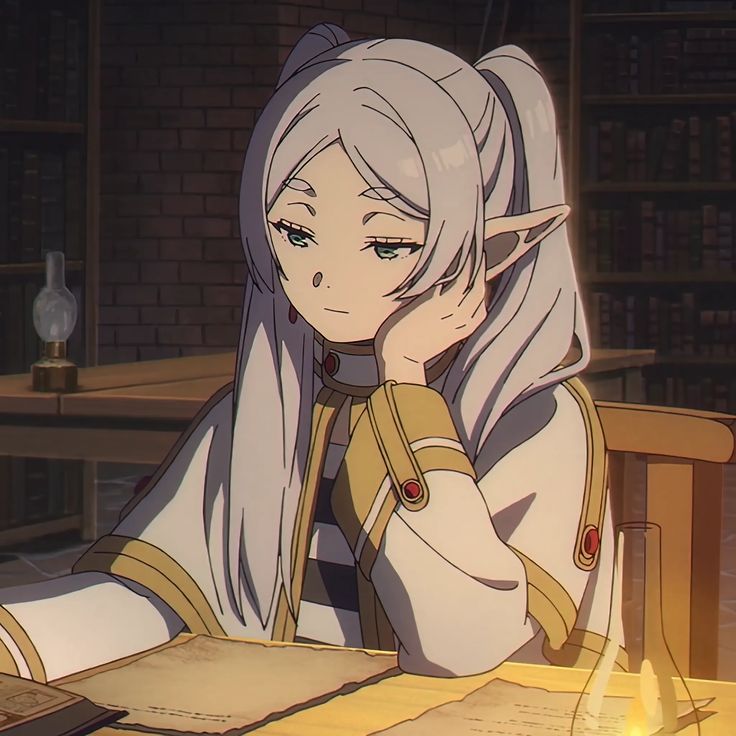I’m interested in copyright licenses, especially open source/creative commons. It’s definitely a rabbit hole to sink into. Right now I’m reading up on a case https://wiki.creativecommons.org/wiki/Drauglis_v._Kappa_Map_Group,_LLC. It basically said, a CC-BY-SA will not be applied to a “collective work”, where your art/asset are used in a “compilation” of some sort. Like a photograph in an album, the photograph can’t be considered “derivative work” as long as it’s not being modified.
One question arises, is there a CC-BY-SA with better coverage which also includes collective works?


I struggle with the goal here. If you don’t want hinder anyone from using your work in collective work, then its basically already covered in the sense that it is allowed. I see only a reason to cover that, if you actively want to hinder your project from distribution in collective works. With CC-BY-SA the license allows the distribution of your work in any collective work.
Can you describe a specific situation as an example you want to solve?
It’s better for OP to explain, but from what I read they don’t mind it being used in a collective work, but they want to make sure that collective work will also be CC-BY-SA. What from what they read it is no guarantee.
So you mean like GPL to enforce same license when reused? I don’t think anyone using works licensed as CC-BY-SA is allowed to relicense it under a different license: https://creativecommons.org/licenses/by-sa/4.0/
CC BY-SA 4.0 is one way compatible with GPLv3.
It does mean that anything released under older CC SA licenses aren’t, so they can’t be used in GPL projects. And MIT isn’t compatible at all.
Wow I read that. And it means one can take the CC-BY-SA 4.0 work and relicense it as GPLv3. Its’ not just about being compatible in a project, it literally means re-licensing is allowed. But that is only for the adapted work. Meaning if you change something from his work, you are able to release your work as both licenses. While the original untouched work is still CC-BY-SA 4.0 only. So a collection has no rights to make changes to its original license.
It means a GPLv3 project can use something licensed as CC BY-SA 4.0 by converting it to GPLv3, as is required. E.g using a CC BY-SA photograph as a background or a splash image in a program.
And while you technically can’t take the original, yeah, practically everything except “here is the image file alone in a folder” counts as modifying and a derivative work. Resize it, crop it, change a .png to a .jpg etc - all modify the original work.